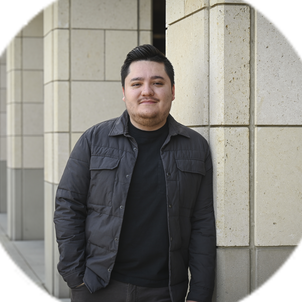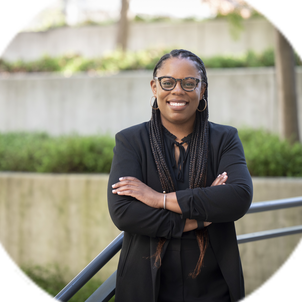For as long as I can remember, I’ve been fascinated by space – as a child I’d cut out every astronomy article I could find and built countless spacecraft out of mismatched Lego bricks. Perhaps it was curiosity about a boundless universe, or perhaps it was the challenge of exploring the unknown. Maybe it was simply that I really liked Star Wars. In any case, something inside me has always wanted to build spaceships. For a long time, though, that didn’t seem like a realistic option.
I’m from a rural town in the southwest corner of Australia. The Australian space industry is very small, but I managed to find a space-focused internship, working on a testing facility for a new, miniaturized space telescope. This internship helped solidify and translate the image I had built up in my head for so many years. As a child, I’d never imagined I’d be spending hours and hours solving equations in a lab, but in the wider context of space engineering, this became incredibly exciting. I decided I had to give my childhood dreams a real shot, but recognized I might have to leave Australia to do it.
Thanks to a fellowship, I could turn that dream into reality. I’ve been working with the Stanford Space Rendezvous Laboratory, which performs fundamental and applied research to enable distributed space systems – in other words, cooperation between multiple satellites to accomplish objectives that might traditionally be very difficult. My work is focused on shifting the paradigm from large, costly spacecraft to smaller, inexpensive ones. Groups of these smaller craft will ideally be more flexible, more robust and more capable than the monolithic satellites we’ve used in the past. I’m specifically looking at this technology as part of a collaboration between Stanford and NASA, which intends to explore an asteroid using a swarm of satellites.
This work really inspires me. Earth is a tiny, fragile, watery rock in an unimaginably vast universe, and eventually our society will need to fulfill that sci-fi vision of spreading out among the stars. I’ve always hoped to play some small part in that process – propelling us from where we are today into the unknown of tomorrow.
Related spotlights

Lara Weed

Sebastian Fernández

